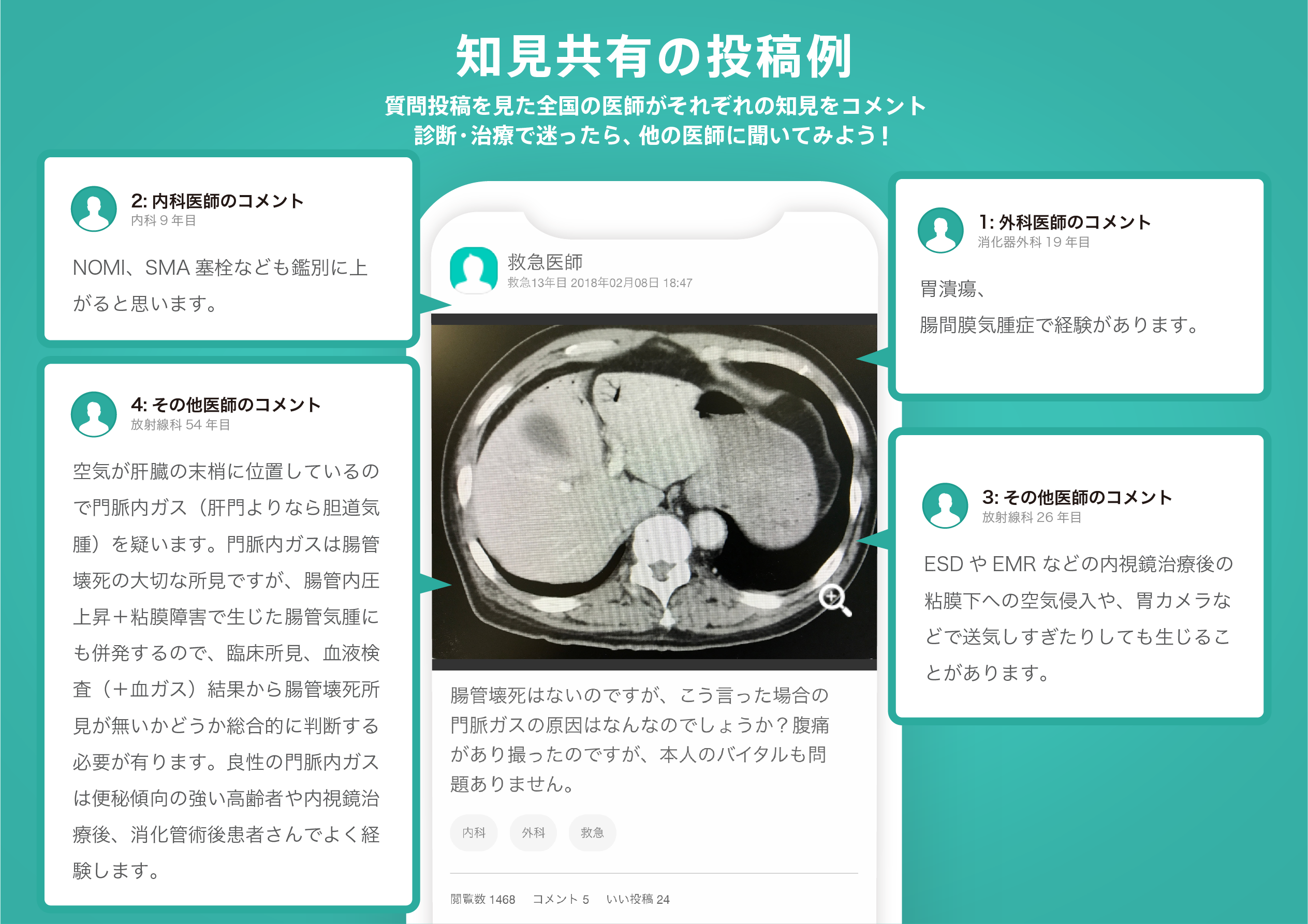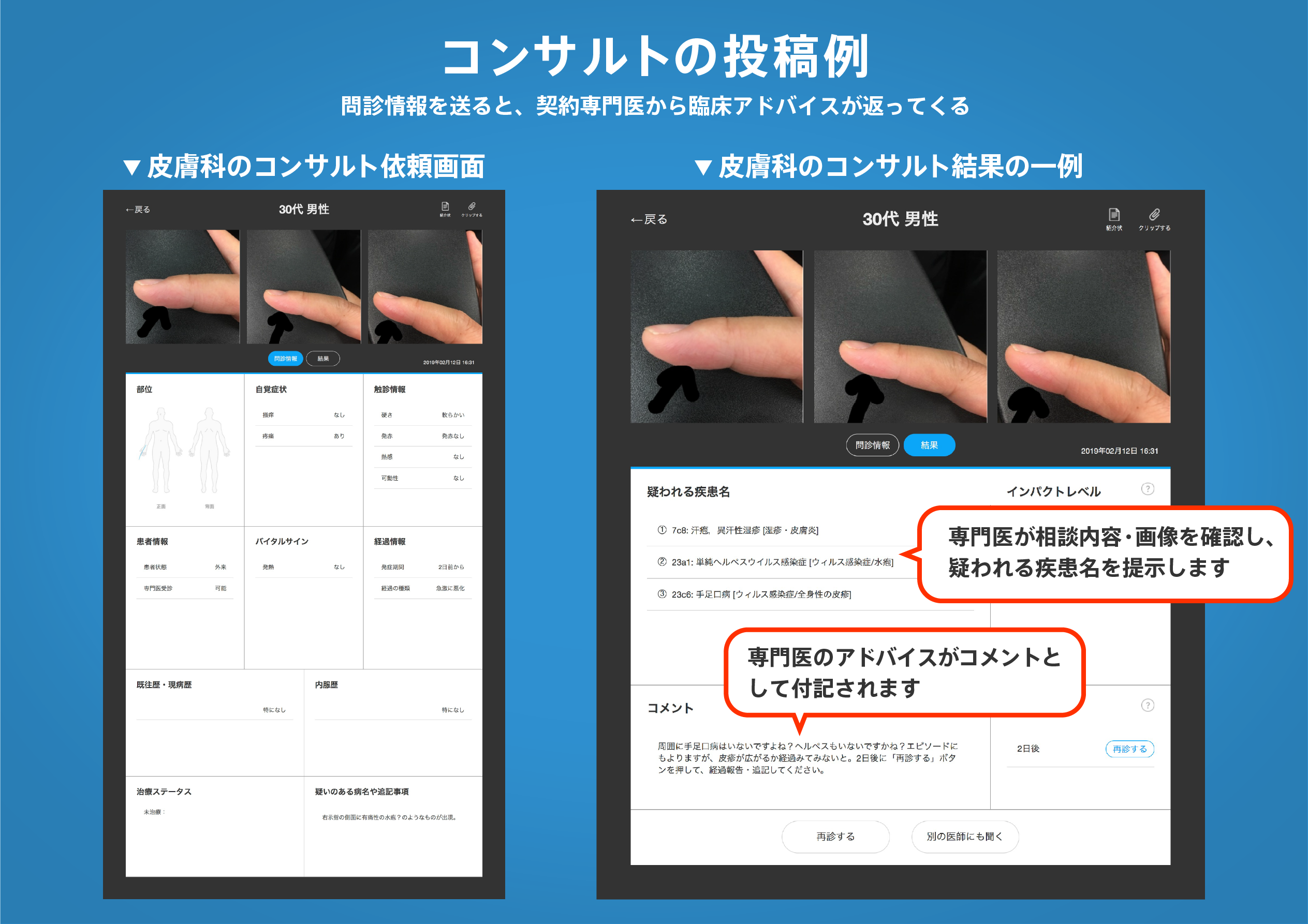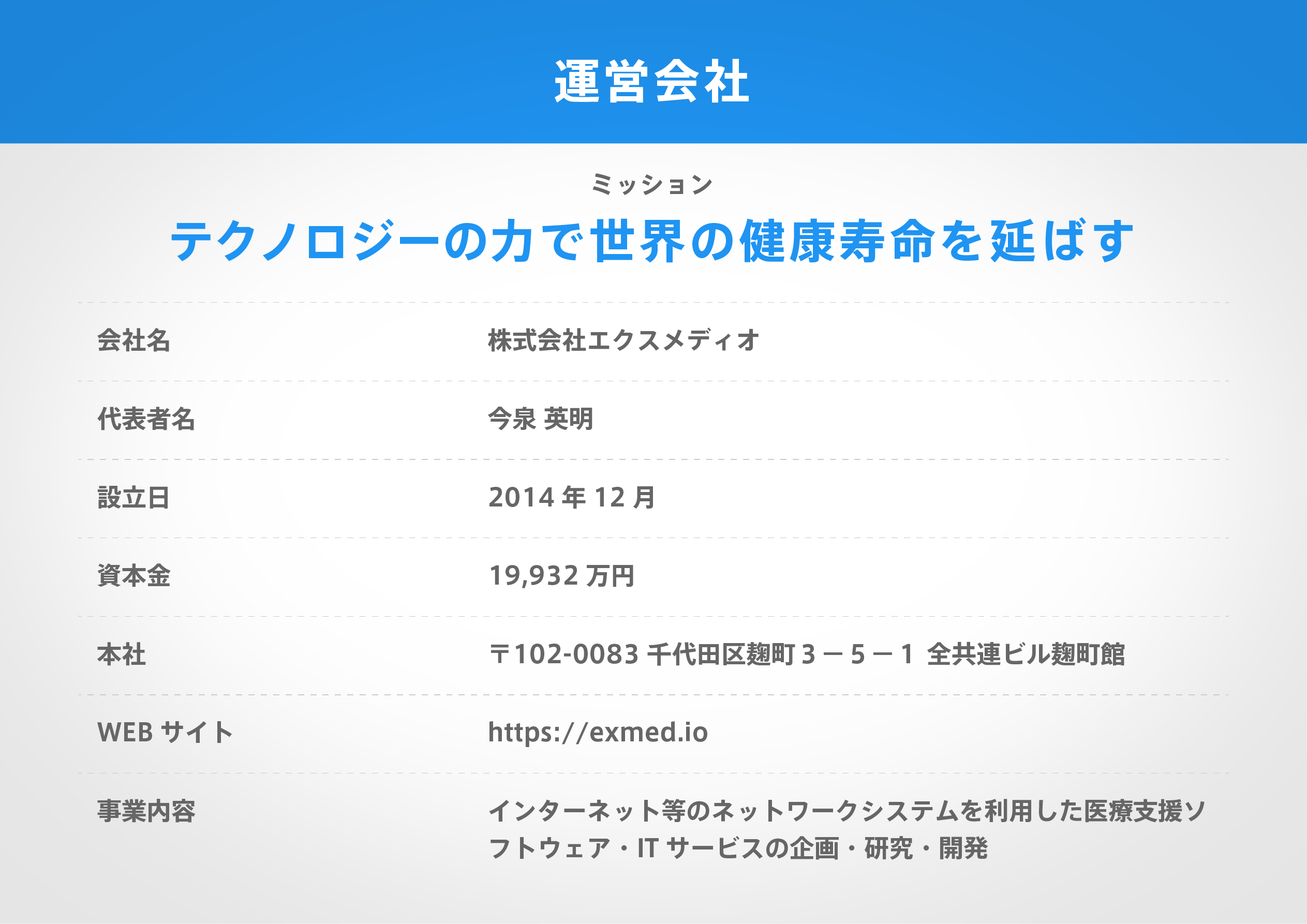著名医師による解説が無料で読めます
すると翻訳の精度が向上します
Surfactin Synthetaseは、Bacillus subtilisによるリポヘプタペプチド抗生物質サルファクチンの生合成の原因となる酵素です。Surfactin Synthetaseの2番目のサブユニットのLバリン活性化モジュールであるSRFB1のフラグメントは、大腸菌で過剰生産されました。活性化(アデニル化ドメイン)、自己アミノアシル化(ペプチジルキャリアタンパク質(PCP)ドメイン)、およびペプチド結合形成(2つの凝縮ドメイン)、2つのドメインを含むサブフラグ(104-)に関与する4つのドメインを含む143 kDa SRFB1フラグメントに加えてKDA凝縮 - アデニル化および73-kDAアデニル化-PCP)、および1つのドメイン(18-kDa PCP)も、n末端ヘキサヒスチジン融合タンパク質として大腸菌で過剰産出され、精製されました。これらのドメインの純粋なSFP、B。subtilisのホスホパンテテイニルトランスフェラーゼ(PPTase)、およびCOAとのインキュベーションにより、18-kDA PCPフラグメントの質量分析による翻訳後ホスホパンテテニル化の定量化により、コサブレート[3H]パンテニル - コエンナジミアAのコサブストレート[3H]パンテニル - コエンナジミアAを使用したラジオアセイによるラジオアセイによる翻訳後ホスパンティエニル化の定量化が可能になりました。すべてのPCP含有コンストラクト用。ホスホパンテテインの化学量論は、これらのホロ-PCPドメインに共有結合する可能性のある[14C]バリル基のその後のモル画分と相関していました。次に、143-kDAフラグメントの分子内アミノアシル化の触媒効率は、アデニル化とSRFB1のPCPフラグメントの間の「トランス」の反応と比較できます。次のモジュールであるSRFB2の対応するHolo-PCPドメインは、アデニル化と同族PCPドメインの間のタンパク質 - タンパク質認識を示すSRFB1によってアミノアシル化されたものではありませんでした。これらの結果は、このクラスの生合成酵素によるペプチド結合形成のタイミングと特異性の将来の調査を可能にするはずです。
Surfactin Synthetaseは、Bacillus subtilisによるリポヘプタペプチド抗生物質サルファクチンの生合成の原因となる酵素です。Surfactin Synthetaseの2番目のサブユニットのLバリン活性化モジュールであるSRFB1のフラグメントは、大腸菌で過剰生産されました。活性化(アデニル化ドメイン)、自己アミノアシル化(ペプチジルキャリアタンパク質(PCP)ドメイン)、およびペプチド結合形成(2つの凝縮ドメイン)、2つのドメインを含むサブフラグ(104-)に関与する4つのドメインを含む143 kDa SRFB1フラグメントに加えてKDA凝縮 - アデニル化および73-kDAアデニル化-PCP)、および1つのドメイン(18-kDa PCP)も、n末端ヘキサヒスチジン融合タンパク質として大腸菌で過剰産出され、精製されました。これらのドメインの純粋なSFP、B。subtilisのホスホパンテテイニルトランスフェラーゼ(PPTase)、およびCOAとのインキュベーションにより、18-kDA PCPフラグメントの質量分析による翻訳後ホスホパンテテニル化の定量化により、コサブレート[3H]パンテニル - コエンナジミアAのコサブストレート[3H]パンテニル - コエンナジミアAを使用したラジオアセイによるラジオアセイによる翻訳後ホスパンティエニル化の定量化が可能になりました。すべてのPCP含有コンストラクト用。ホスホパンテテインの化学量論は、これらのホロ-PCPドメインに共有結合する可能性のある[14C]バリル基のその後のモル画分と相関していました。次に、143-kDAフラグメントの分子内アミノアシル化の触媒効率は、アデニル化とSRFB1のPCPフラグメントの間の「トランス」の反応と比較できます。次のモジュールであるSRFB2の対応するHolo-PCPドメインは、アデニル化と同族PCPドメインの間のタンパク質 - タンパク質認識を示すSRFB1によってアミノアシル化されたものではありませんでした。これらの結果は、このクラスの生合成酵素によるペプチド結合形成のタイミングと特異性の将来の調査を可能にするはずです。
Surfactin synthetase is the enzyme responsible for biosynthesis of the lipoheptapeptide antibiotic surfactin by Bacillus subtilis. Fragments of SrfB1, the L-valine-activating module of the second subunit of surfactin synthetase, were overproduced in Escherichia coli. In addition to a 143-kDa SrfB1 fragment that contains four domains putatively involved in activation (adenylation domain), autoaminoacylation (peptidyl carrier protein (PCP) domain), and peptide bond formation (two condensation domains), subfragments comprising two domains (104-kDa condensation-adenylation and 73-kDa adenylation-PCP), and one domain (18-kDa PCP) were also overproduced in and purified from E. coli as N-terminal hexahistidine fusion proteins. Incubation of these domains with pure Sfp, a phosphopantetheinyl transferase (PPTase) from B. subtilis, and CoA allowed quantitation of posttranslational phosphopantetheinylation of Ser999 by mass spectrometry for the 18-kDa PCP fragment and by radioassay using cosubstrate [3H] pantetheinyl-coenzyme A for all PCP-containing constructs. The phosphopantetheine stoichiometry correlated with the subsequent mole fractions of [14C] valyl groups that could be covalently transferred to these holo-PCP domains. In turn, the catalytic efficiency of intramolecular aminoacylation of the 143-kDa fragment could be compared with the reaction "in trans" between adenylation and PCP fragments of SrfB1. The corresponding holo-PCP domain of the next module, SrfB2, was not detectably aminoacylated by SrfB1, indicative of protein-protein recognition between adenylation and cognate PCP domains. These results should permit future exploration of the timing and specificity of peptide bond formation by this class of biosynthetic enzymes.
医師のための臨床サポートサービス
ヒポクラ x マイナビのご紹介
無料会員登録していただくと、さらに便利で効率的な検索が可能になります。






